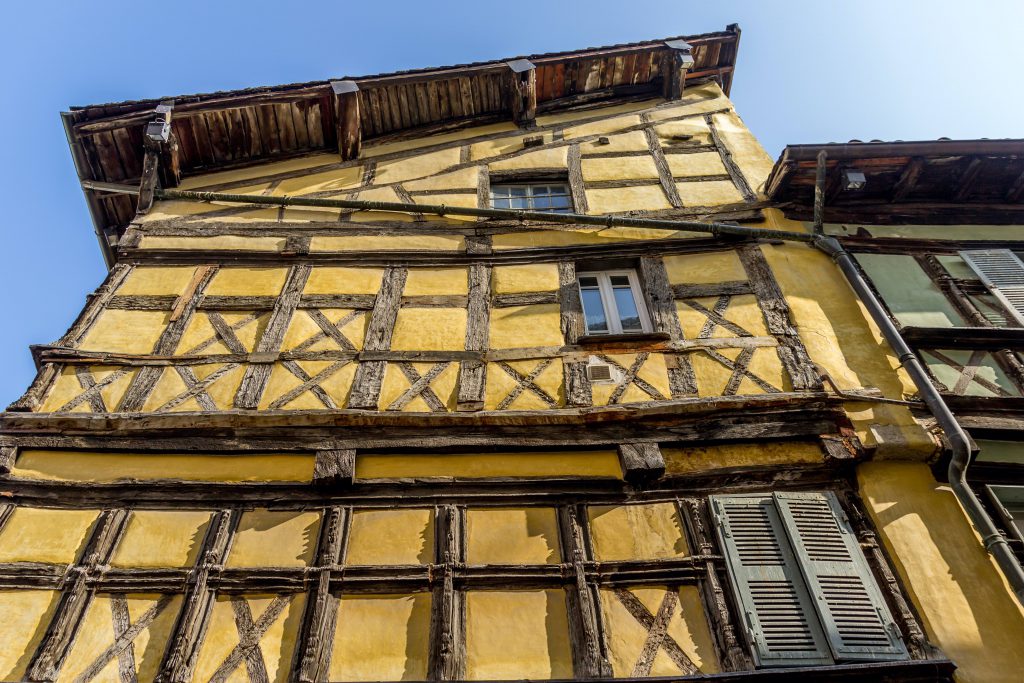The history of insulation is a story of innovation and adaptation, reflecting humanity’s ongoing quest for comfort and efficiency. From rudimentary methods in the past to the sophisticated technologies of today, the journey of insulation is a remarkable one. This article takes you on a trip back in time to discover how insulation has evolved and its impact on modern living.

The middle ages
Believe it or not, insulation has been around since the medieval times! People used to fill gaps in stone walls with mud and straw to keep the cold out and retain the warmth of an open fire, if there was one. During severe cold spells, additional fur layers were a necessity. Before the 17th century, only organic insulating materials like cork, moss, coconut fiber, and hemp were used. While these materials were quite effective, they were often flammable. Insulation material was typically sourced locally and collected by the people themselves.
17th century developments
The 17th century marked the beginning of significant developments in insulation. The introduction of cavity walls initially aimed to prevent moisture but gradually became a method of insulation. Until the 19th century, however, insulation wasn’t a common practice and was only used in parts of houses where maintaining internal temperature was crucial. Draft excluders and hay bales were common forms of insulation during this time.
Industrial revolution and insulation
The real change in insulation practices came with the industrial revolution in the 19th century, leading to its widespread use. Materials like wood shavings, cork, sawdust, rubber, wool, and more were popular. These were typically placed in cavity walls or under floors.
Post-world war II advancements
It wasn’t until after World War II that insulation became a standard in many regions. Prior to this, materials used were imported from abroad. The accidental invention of fiberglass marked a significant milestone in insulation history. Fiberglass insulation quickly became popular for making homes more comfortable, with fewer disadvantages compared to previous materials.
The rise of fiberglass insulation
So, what are the advantages of fiberglass that led to its rapid adoption? Fiberglass is made from recycled glass and sand, melted at high temperatures and then spun into fine fibers. The fibrous structure creates trapped air pockets, limiting heat conduction and making it an effective thermal insulator. It’s lightweight, easy to transport and install, and can be cut to fit various spaces.
Fiberglass is non-flammable, making it a safe choice for insulation. It does not contribute to fire spread, offering additional fire safety protection. Moreover, it doesn’t retain moisture, preventing mold growth or rot, thus maintaining its insulation quality over time. Additionally, fiberglass retains its insulating properties over time, ensuring consistent performance without settling or losing effectiveness and is generally more affordable than other insulating materials.
Insulation today: the norm
Today, insulation is a standard in construction, but it hasn’t always been this way. Whether you’re insulating your roof, walls, or floors, the options are numerous. Fiberglass, polystyrene, rock wool, and PU foam are just a few of the many available choices. By installing proper insulation, you can save significant amounts while thinking back to the times when people had to rely on clay and mud. It’s best done with a glass of wine in hand, watching your favorite movie.

 Open Immovlan
Open Immovlan